Analyzing the climate of a project site is a crucial step in architectural concept design, especially when aiming for sustainability, energy efficiency, and user comfort. Below are several key reasons why this analysis is essential:
- Optimizing Energy Usage: Understanding climatic conditions (such as temperature, humidity, rainfall, wind, and solar radiation) enables architects to adjust designs to minimize energy consumption for cooling, heating, and lighting. For instance, in tropical climates, optimizing natural ventilation and sun shading can significantly reduce the need for air conditioning.
- Ensuring User Comfort: Climate analysis helps architects design interior spaces that provide the best possible microclimate conditions for occupants, including appropriate temperature and humidity levels as well as efficient airflow.
- Building Orientation and Spatial Organization: Climate plays a major role in determining the optimal orientation of a building. For example, in tropical regions, avoiding direct solar radiation in the afternoon (usually from the west) is crucial, whereas in colder climates, maximizing exposure to sunlight for heat gain is a priority.
- Material and Structural Selection: Understanding the local climate helps in choosing construction materials with suitable thermal insulation, heat absorption, or reflective properties. Construction techniques can also be optimized to adapt to the climate, such as using sun-shading structures, insulation layers, or green roofing systems.
- Supporting Sustainable Development: A climate-responsive building not only conserves energy but is also more environmentally friendly. Elements such as rainwater harvesting, natural ventilation, and solar energy utilization can be incorporated into the design based on climate analysis.
- Meeting Building Standards and Regulations: Many modern building standards, such as green building certifications, require climate-based analysis and optimization to achieve energy efficiency and emission reduction goals.
In conclusion, analyzing the climate of a project site is a vital component of architectural design, contributing to energy efficiency, user comfort, and sustainable development.
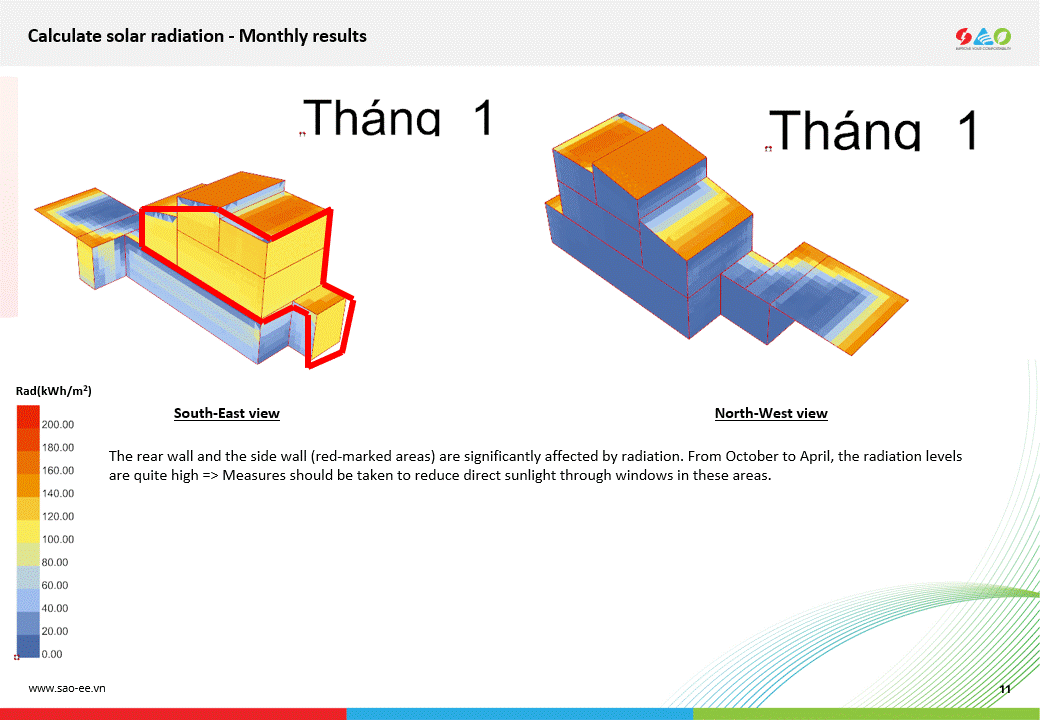
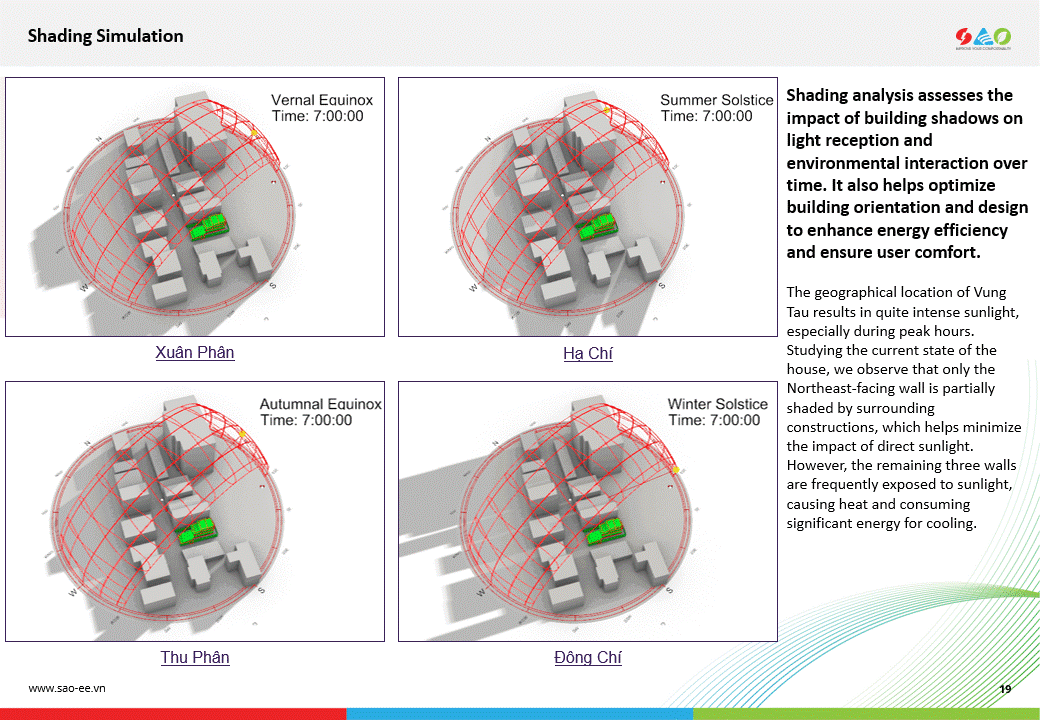
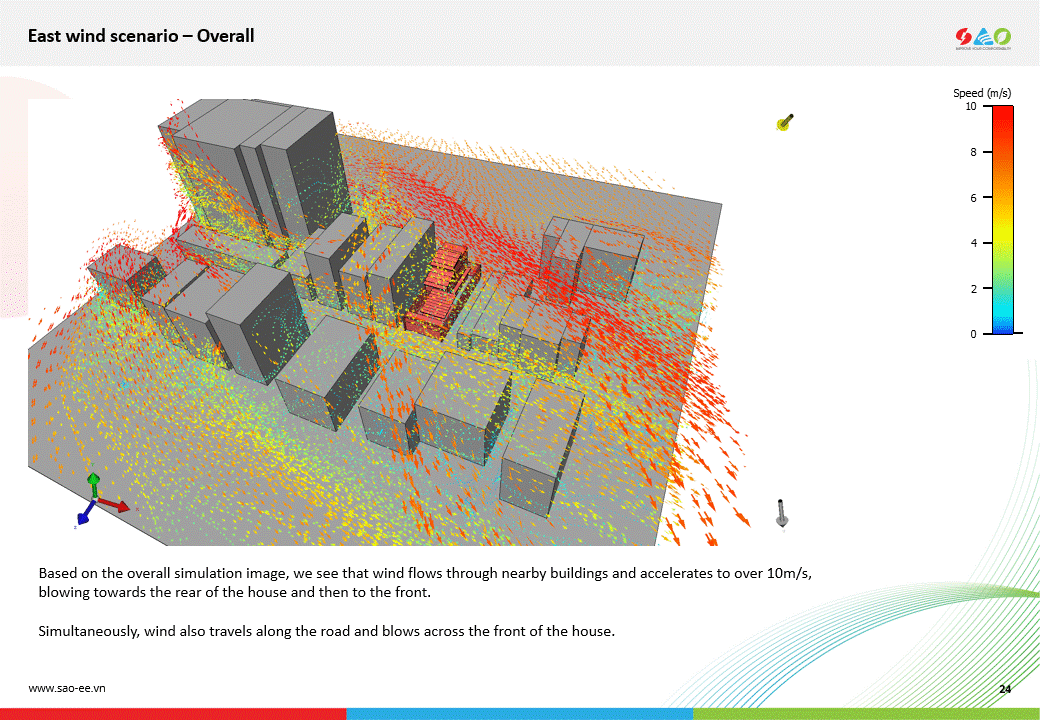
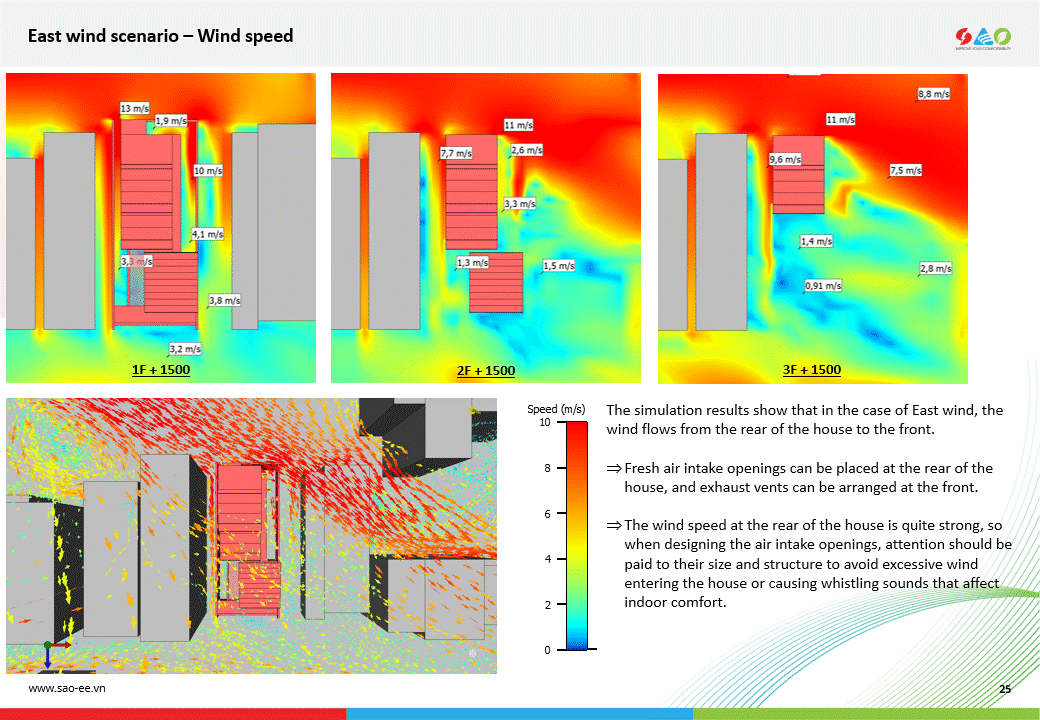
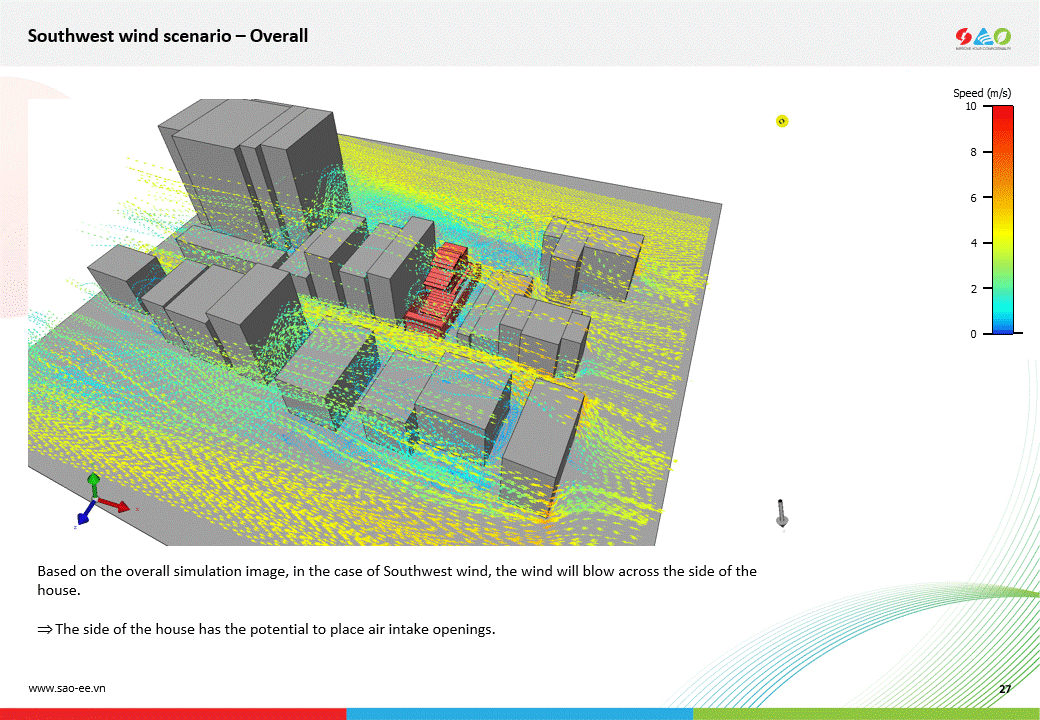
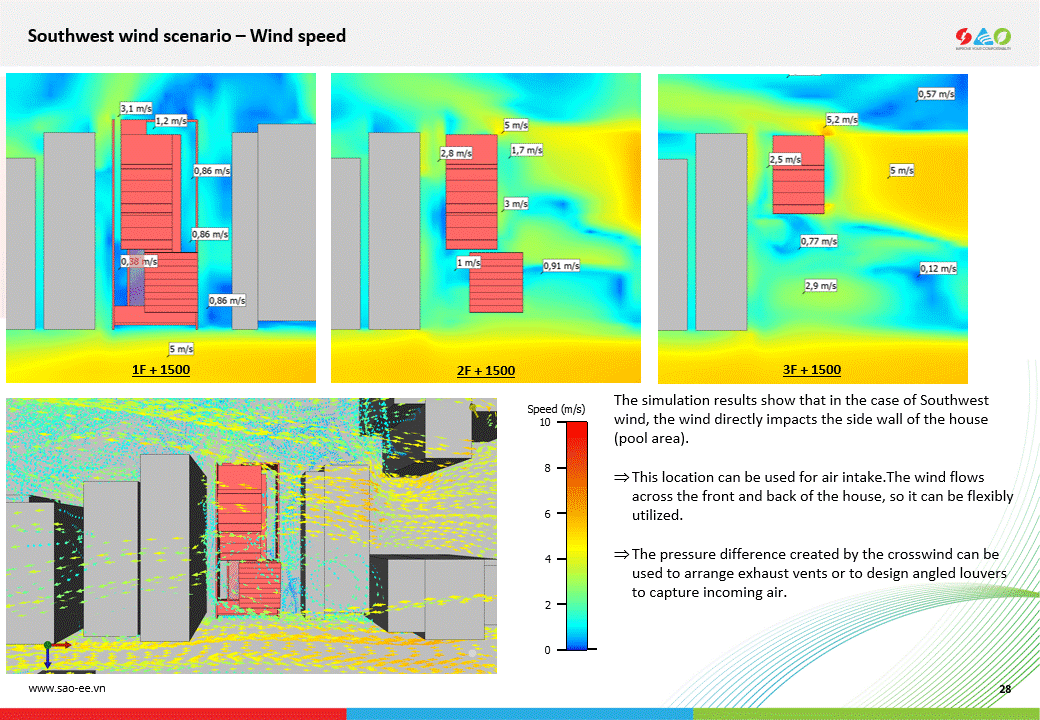
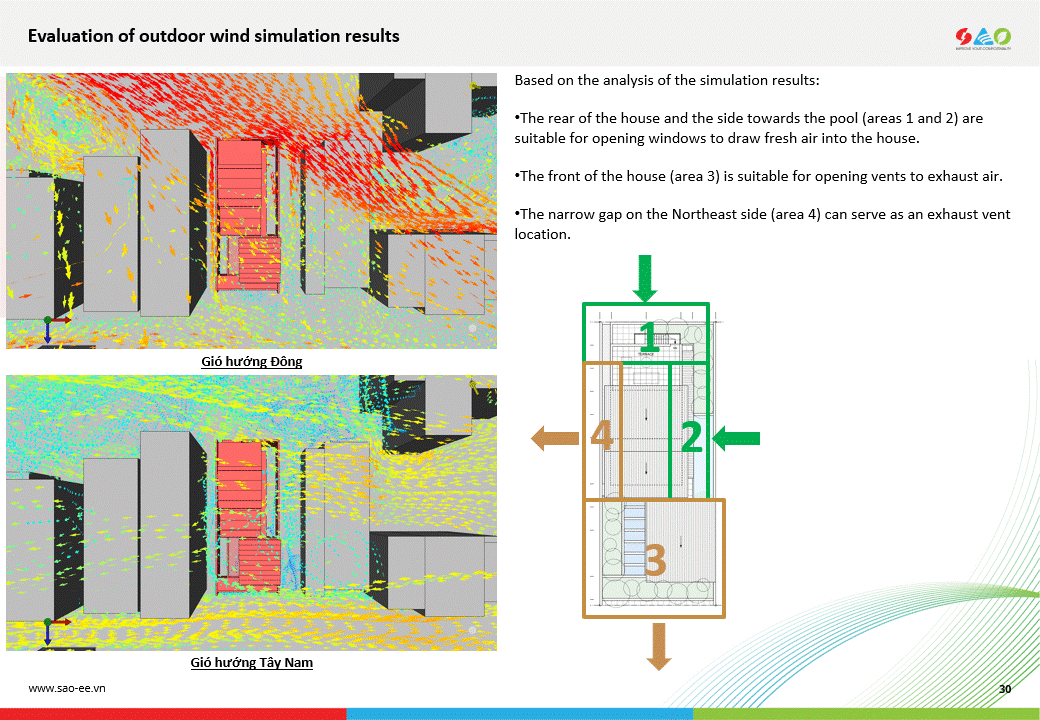
Tags
Related news

10 Innovative Ways to Use IAQ Data for Healthy Buildings
Closing the Gap Between Data and Action For forward-thinking organizations, improving Indoor Air Quality (IAQ) is a strategic priority. IAQ...
View detail
Designing the Mindful Home: From Matter to Energy
A mindful home is not merely a place to live — it is a conscious space, where every line, material,...
View detail
Body – Mind – Qi: The Foundation of Healing Architecture
The home is not only a shelter for the body but also a space that nurtures the soul and life...
View detail





